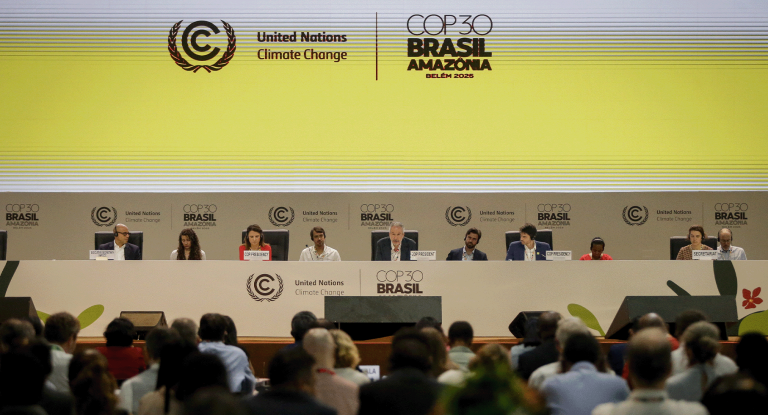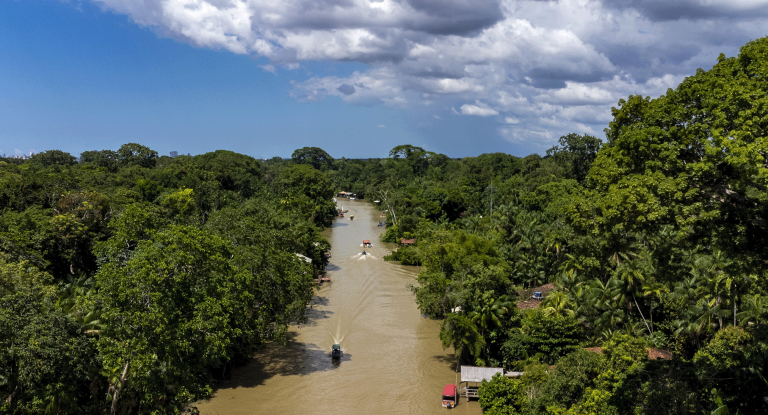What are the prerequisites for eligibility of a carbon credit?

The requirements for generating carbon credits in the voluntary market are very strict, going through several steps, such as: registration, validation, verification, and certification. However, these steps are necessary for registration with international entities that require high governance standards.
In order to promote the projects implementation aimed at removing or reducing carbon, some protocols were created to define the eligibility criteria for generating and accounting of carbon credits.
In general, for credits to be issued, it is necessary for the project to be registered within internationally recognized standards, each with different requirements and eligibility criteria.
In Brazil, two organizations operate with greater emphasis: the Clean Development Mechanism (CDM) and the Verified Carbon Standard (VCS). However, there are other voluntary carbon offset programs such as the Gold standard, Global Carbon Council, BioCarbon Registry and Cercarbono, which are less used in the Brazilian market.
The VCS Standard (Verified Carbon Standard) operates one of the main standards for generating Greenhouse Gas (GHG) credits in the voluntary market, issuing credits to project proponents, based on the reduction of GHG emissions from eligible project activities, quantified by methodologies approved by the VCS.1
The CDM Standard is the main source of income for the Adaptation Fund of the UNFCCC (United Nations Framework Convention on Climate Change). It was created with the purpose of financing adaptation projects and programs in developing countries, which are particularly vulnerable to the adverse effects of climate change. In this sense, CDM allows emission reduction projects in developing countries to produce certified emission reduction credits (CER) 2. Currently, the program is in suspension for the registration of new projects, awaiting updates, and will soon become, Sustainable Development Mechanism (SDM)³. It is also worth mentioning that it is possible to monitor the crediting of previously registered projects. Moreover, for being the first mechanism, the use of CDM methodologies are accepted and have relevance by the VCS standard and other standards, despite its replacement is close.
Main eligibility criteria
Eligibility criteria ensure that projects meet the requirements set out in the standards. Some of them are common to all projects, such as:
Recognition for an approved methodology: for each credit-generating activity, there are an infinity of approved methodologies. It is necessary that the project executes all the rules and requirements of the chosen methodology. The generation of credits also depends on the adherence between the project activities and the applied methodology.
Demonstration of additionality: additionality must be proven by comparing at least two hypothetical scenarios: one in the absence of the project and the second scenario with the implementation of project activities promoting emissions3 reductions. Still, additionality is not only a main condition for project eligibility, but also a requirement for validation 4.
Baseline demonstration: a project’s baseline is the scenario that represents, in an admissible way, the anthropogenic GHG emissions by sources that would occur in the absence of the project’s proposed activities. For a project to be eligible, it is necessary to quantitatively demonstrate the anticipated and actual emissions reductions over the monitoring5 period. The UNFCCC and VERRA Registration Platform have approved methodologies for each project activity on their respective websites.
Temporality: in carbon projects, in the two highlighted standards, there are temporal rules when referring to the alignment between the implementation of the project and the intention to generate credits. In other words, if the project registration does not occur within the date stipulated by the rules and requirements of the chosen standard, the project may lose the eligibility window. In general, in the case of VCS rules, forestry projects must be registered within 5 years of their implementation start and non-forestry projects within 2 years of commercial operation.
Verification and Security: projects are submitted to verification, both by the registration platform and by an authorized and independent third party, who audit the evidence made available by the project proponent, proving the information veracity in the supporting documents, project design documents and monitoring reports. In addition, each standard has specific rules in the sense of the audit body repetition, with the purpose of keeping the third-party auditor always independent and impartial.
Stakeholders’ consultation: project proponents must carry out consultation with stakeholders on the activities proposed by the project and ensure participation in decision-making. Also, to ensure the integrity of the project, before any activity that may affect the rights to land, resources, territories, livelihoods and security of indigenous people and local communities, it is necessary to prove that all interested stakeholders have been informed about the project and their consent has been obtained free of any kind of pressure, repression, or imposition. In the VCS standard, Free, Prior and Informed Consent (FPIC) is requested, not being a rule, but desirable to maintain transparency when it comes to stakeholders’ consultation. The non-acceptance of the project implementation/realization is seen as a risk for it.
In addition to these, and even if they do not fit into specific eligibility criteria, it is important to emphasize that projects must demonstrate they are not registered in any other program or credit generation standard, beyond demonstrating the effectiveness guarantee to avoid double counting of credits. Additionally, it is possible to notice a great movement, both on the part of project developers and international standards, to frame them into the Sustainable Development Goals (SDGs).
What makes a project ineligible?
During the implementation of project activities, it is of great importance that proponents fully understand the requirements that apply. Under any circumstances, failure to meet any criteria during the implementation of project activities, within the scope of the VCS standard, renders the project ineligible1.
In the case of projects with the VCS standard, once the project’s risk classification results in a value greater than the established one, the risk of non-permanence is considered too high. In this case, the project becomes ineligible for credit generation1.
Finally, the eligibility criteria ensure that carbon projects are treated transparently, ensuring their maximum integrity.
 EN
EN  ES
ES PT
PT





